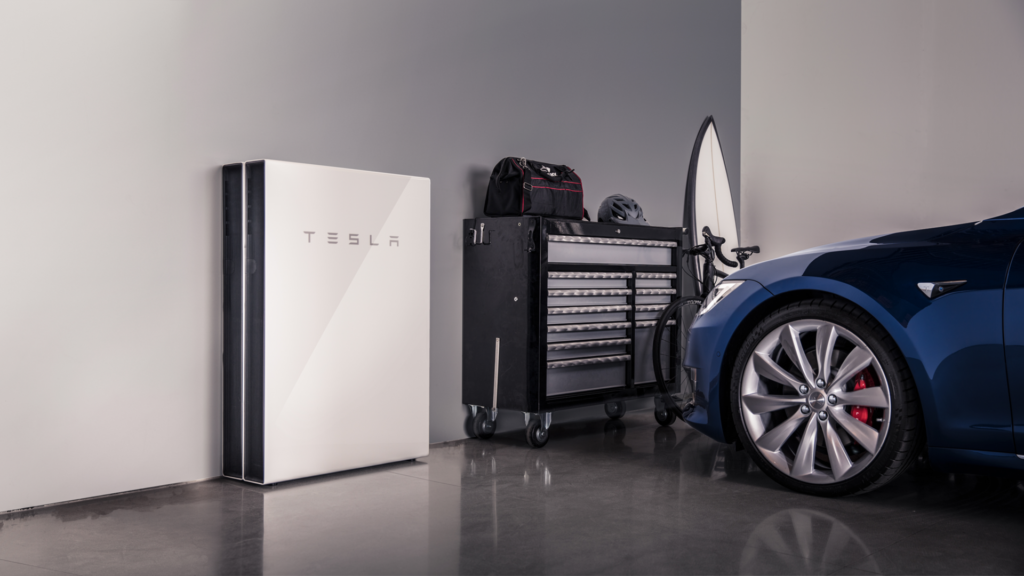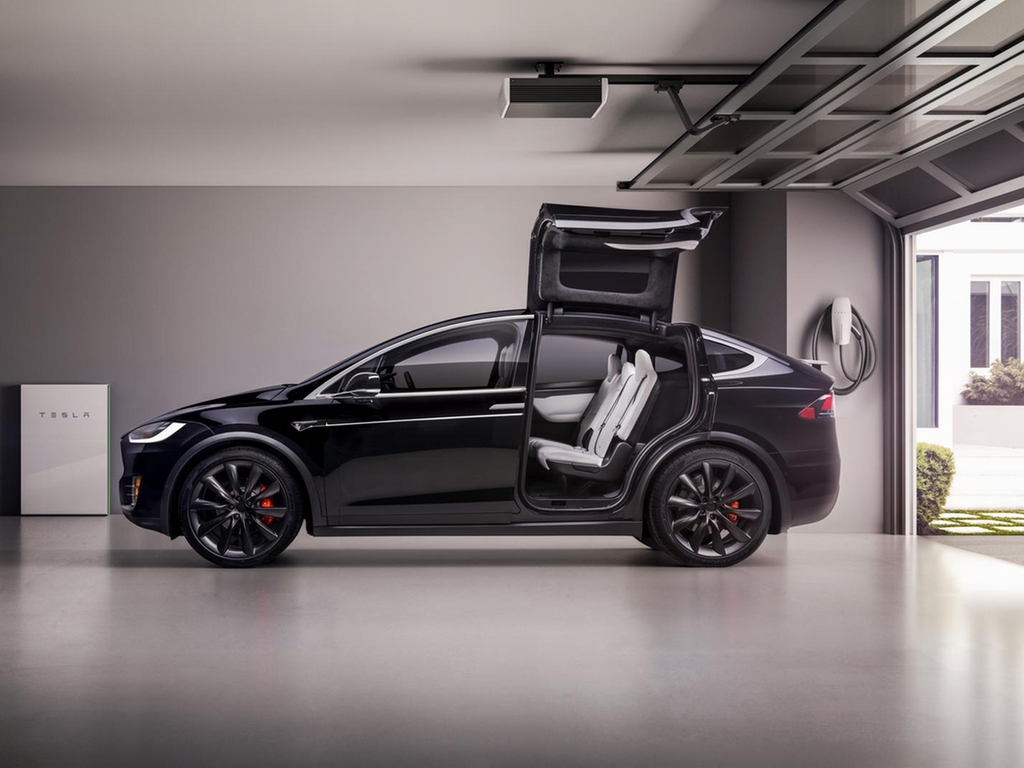Tesla has begun to release a new OTA update to its vehicle fleet, including a series of exciting improvements in aspects such as safety and the calibration of the suspension. However, the most interesting thing about this update, called 2020.32.1, is that it will allow the brand’s models to coordinate with Powewall household batteries.
This new function, dubbed “Tesla Powerwall Coordination,” allows the vehicle charging process to continue during a blackout without exceeding the capacity and power of the Powerwall system, which will also respond to the home’s energy needs by slowing down or stopping the power car charging if necessary.

Thus, in the event of a power failure, the vehicle will be charged with the energy stored by the Powerwall as long as it is above the threshold established in the Tesla app. This threshold can be changed to balance the home and the vehicle’s energy needs, allowing better control of the entire home ecosystem.
The Powerwall system will also allow the use of excess solar energy (if the user has panels installed at home) to charge the vehicle. This update came shortly after Tesla modified the Powerwall software to allow them to charge vehicles during power outages – Tesla’s cars and household batteries are now ready to work together.
However, the 2020.32.1 update has also brought several improvements to the adaptive air suspension setup of the Model S and Model X ‘Raven.’ Thus, from now on the “High” and “Very High” positions of the suspension will remain activated only for a short trip (then automatically lowered to the standard position) unless we press the “Keep” option, which will allow us to keep the suspension in the “High” or “Very High” positions indefinitely as long as we do not exceed the maximum permitted speed for these modes. On the other hand, the user will be able to make the car memorize specific locations where the vehicle has to raise its suspension automatically (for example, garage entrances).
Finally, Tesla has added a new function that will send us a notification to the smartphone if any of the doors or trunks has been left open for more than ten minutes. If the doors and trunks are closed, a notification will be sent if it is detected that a window has been open for ten minutes since we got out of the car.

